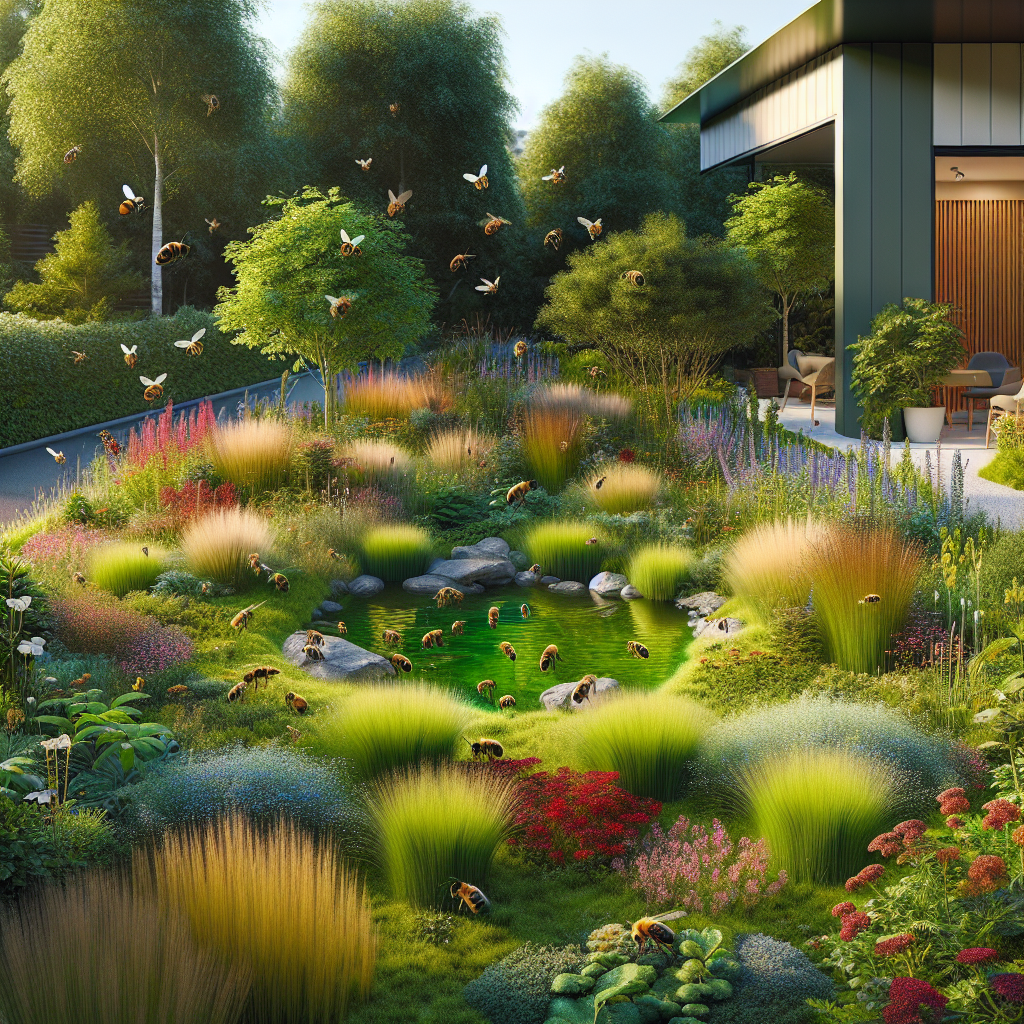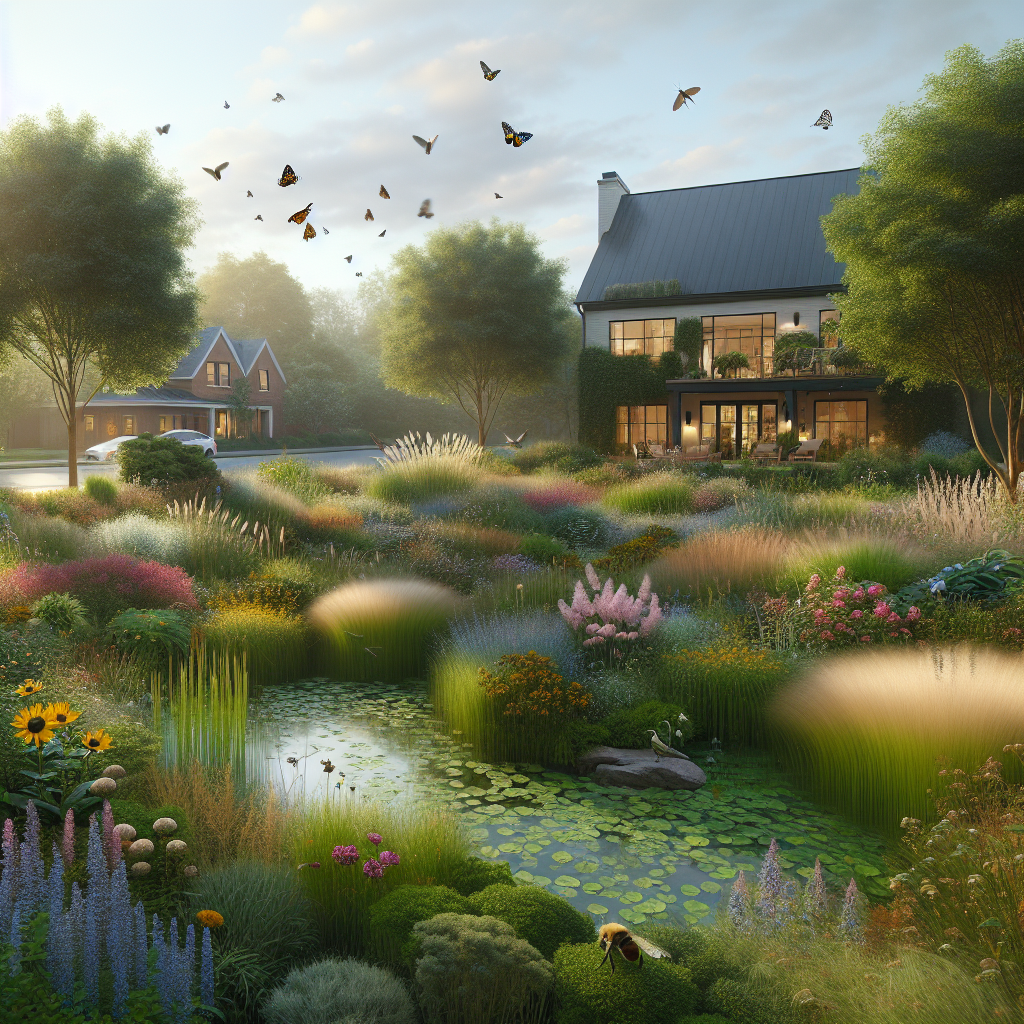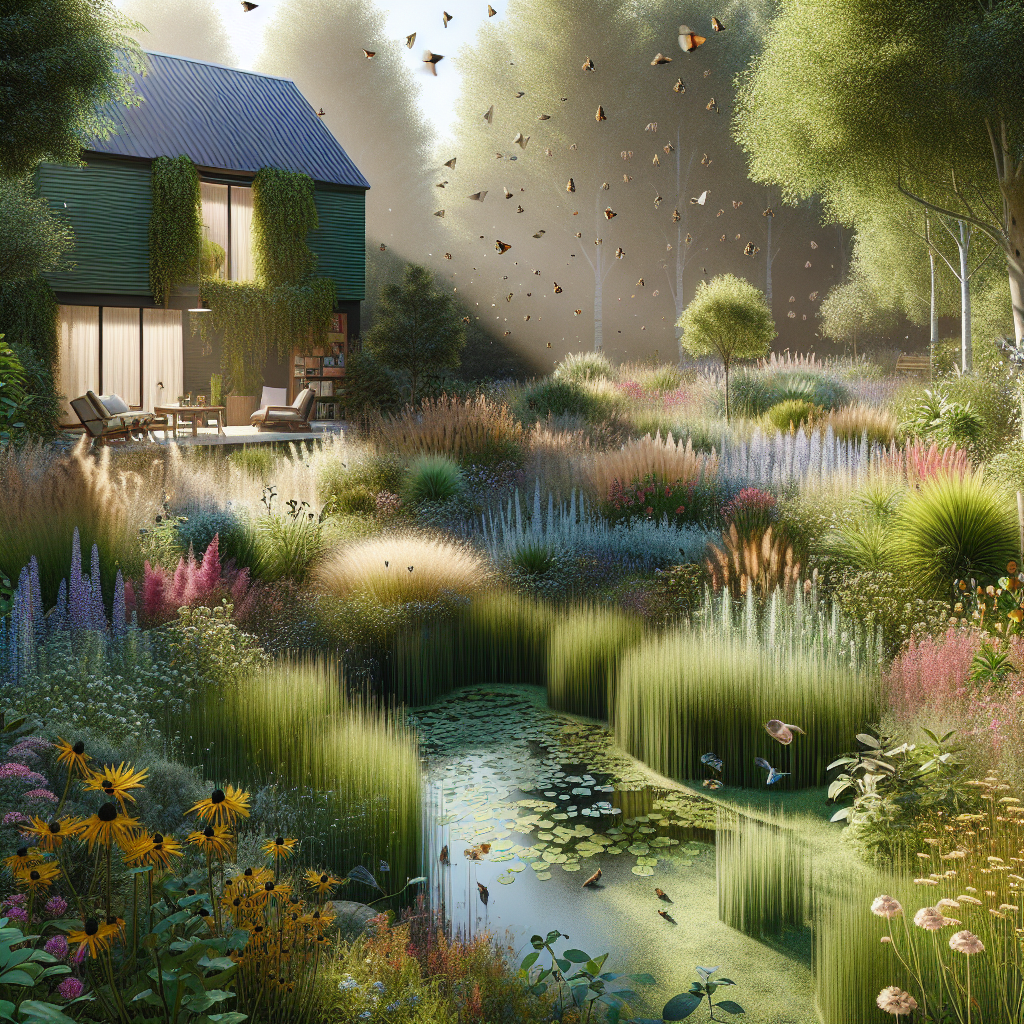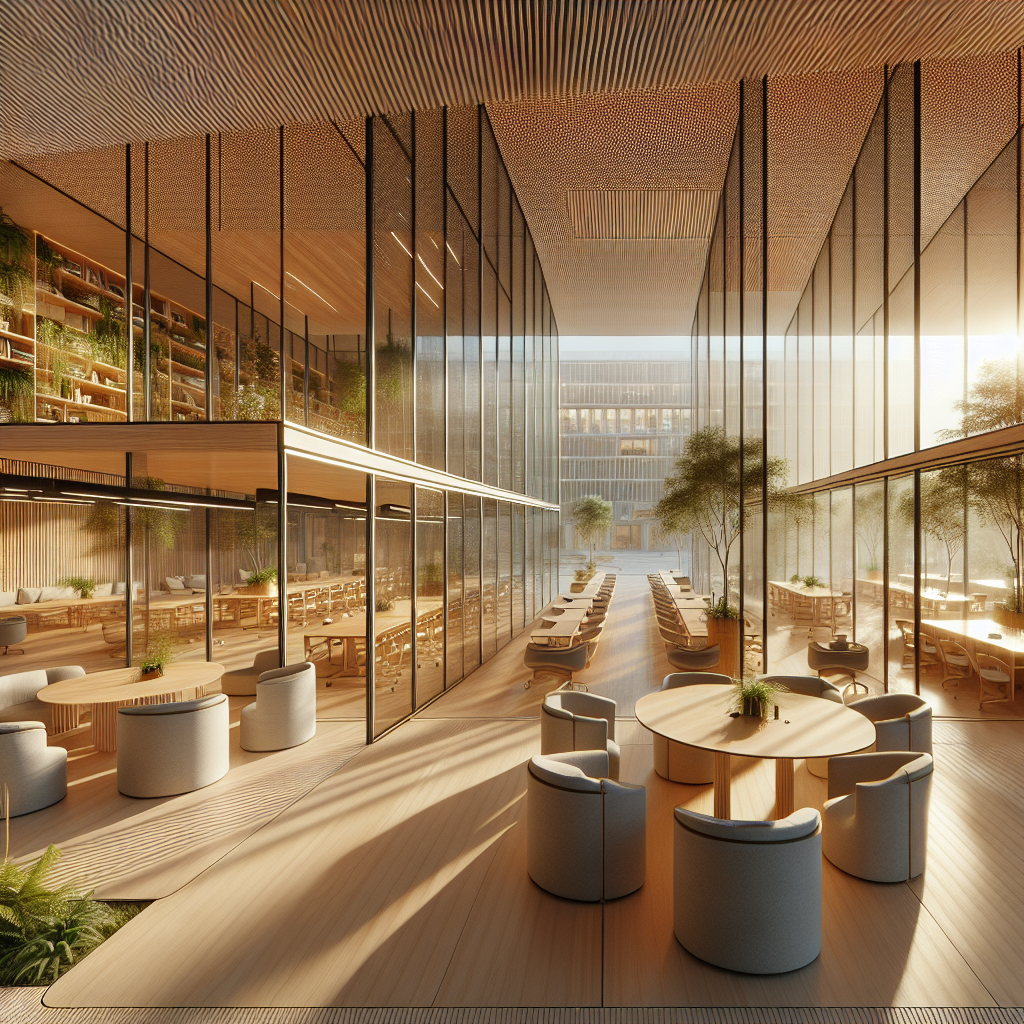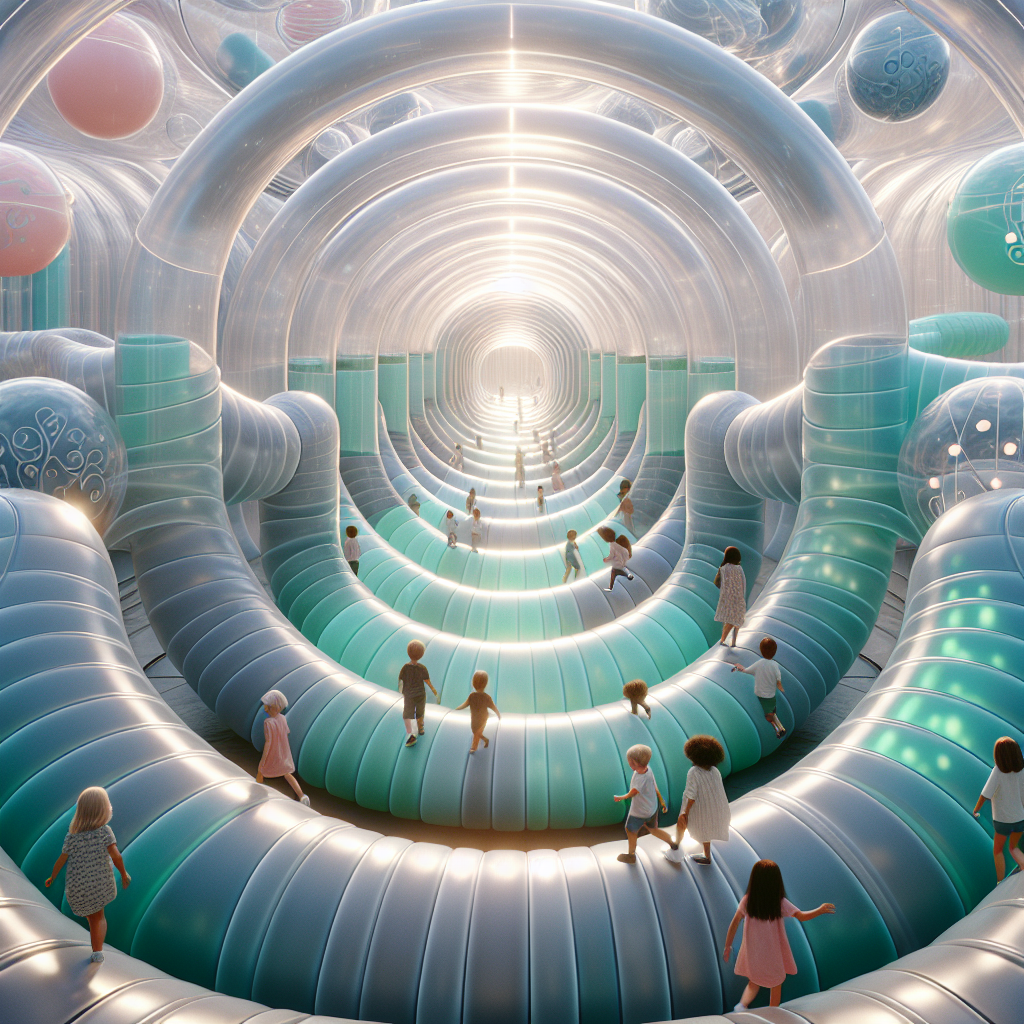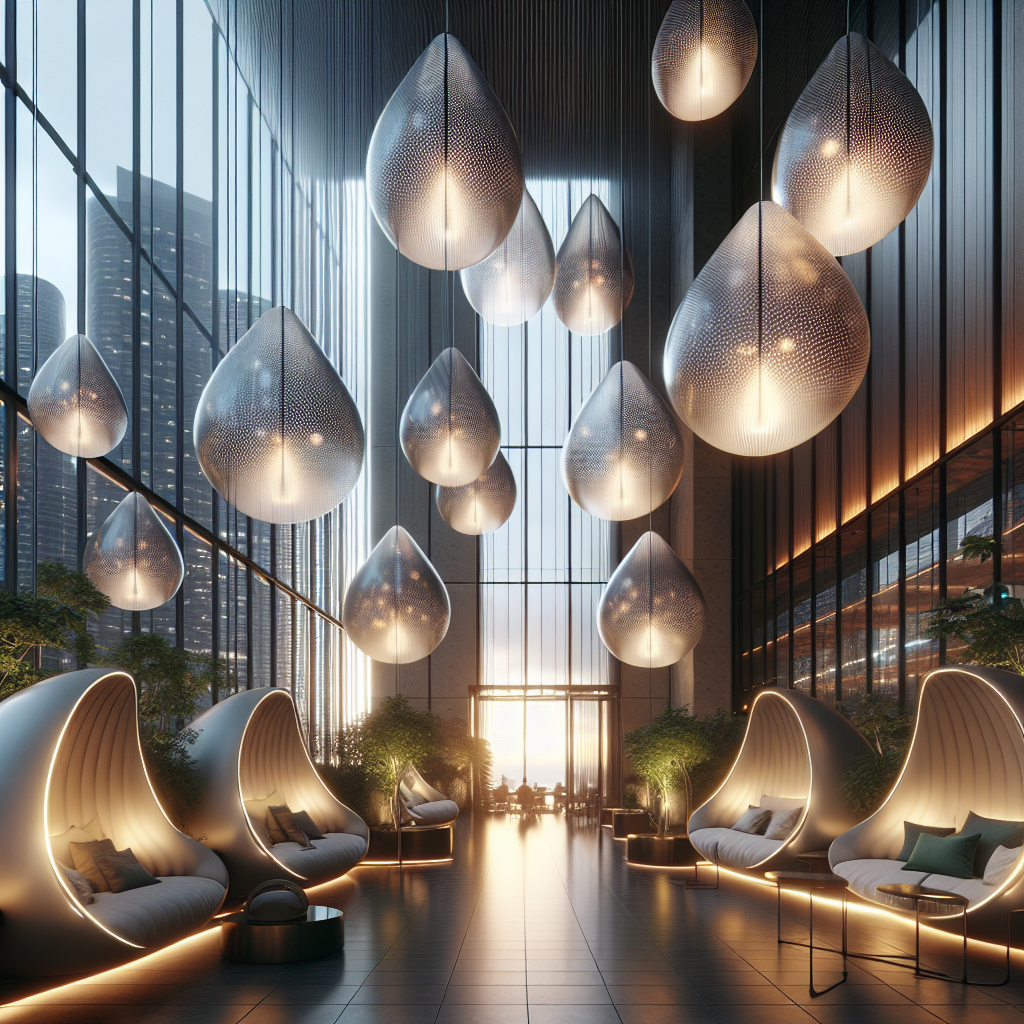Rewilding suburban lawns: rethinking yards as micro-habitats

Rewilding Suburban Lawns: Rethinking Yards as Micro-Habitats
In an era where sustainability is not merely a trend but a necessity, architects, landscape designers, and homeowners alike are reimagining suburban lawns. The once pristine, manicured grass expanses—symbols of suburban tranquility—are giving way to vibrant, diverse micro-habitats teeming with native flora and fauna. This transformative movement, known as rewilding suburban lawns, is reshaping our relationship with nature, enhancing biodiversity, and redefining aesthetic standards in residential landscapes.
The Ecological Imperative of Rewilding
Traditional suburban lawns, often characterized by monoculture grass species, demand extensive maintenance, chemical fertilizers, and copious amounts of water. According to a recent study by the Environmental Protection Agency (EPA), American households use nearly 9 billion gallons of water daily for landscape irrigation, with a significant portion wasted due to inefficiencies. Furthermore, the reliance on chemical treatments contributes to declining biodiversity, disrupting local ecosystems and harming pollinator populations.
In contrast, rewilded lawns emphasize native plant species, reduced maintenance, and natural ecological processes. By embracing indigenous flora, homeowners can significantly reduce water consumption, eliminate chemical usage, and create thriving habitats for pollinators, birds, and beneficial insects. This approach aligns seamlessly with broader sustainable architectural practices, such as biophilic design, which integrates natural elements into built environments to enhance human well-being and ecological health.
Designing Micro-Habitats: Principles and Practices
Rewilding suburban lawns is not about neglect or abandonment; rather, it is a deliberate, thoughtful design strategy that combines ecological knowledge with aesthetic sensibility. Landscape architects and designers are pioneering innovative methods to create visually appealing, ecologically functional spaces that resonate with contemporary design trends.
One popular approach involves layering plantings to mimic natural ecosystems. Groundcovers, grasses, shrubs, and trees are strategically arranged to create diverse habitats that support wildlife while offering visual interest throughout the seasons. Designers often employ principles of biomimicry, drawing inspiration from natural patterns and processes to inform landscape layouts.
For instance, meadow-inspired lawns featuring native wildflowers and grasses not only reduce maintenance but also attract pollinators such as bees and butterflies. Similarly, incorporating water features like rain gardens or small ponds provides critical resources for amphibians and birds, enhancing biodiversity and ecological resilience.
Case Study: The Prairie House by Olson Kundig
A compelling example of suburban rewilding is the Prairie House in Washington State, designed by the renowned architectural firm Olson Kundig. This residence seamlessly integrates architecture with its surrounding landscape, employing native prairie grasses and wildflowers to create a dynamic, self-sustaining ecosystem. The home’s expansive windows and open design blur the boundaries between indoor and outdoor spaces, exemplifying the principles of biophilic architecture.
The Prairie House demonstrates how rewilded landscapes can enhance architectural aesthetics, creating harmonious environments that are both visually captivating and ecologically beneficial. The project has garnered attention for its innovative approach, influencing homeowners and designers to reconsider traditional lawn aesthetics in favor of sustainable, nature-inspired alternatives.
Urban Planning and Community Impact
Beyond individual residences, rewilding suburban lawns holds significant implications for urban planning and community development. As cities grapple with climate change, habitat loss, and resource scarcity, integrating micro-habitats into suburban landscapes offers a scalable solution to enhance urban resilience and sustainability.
Municipalities worldwide are beginning to recognize the benefits of rewilding, implementing policies and incentives to encourage homeowners and developers to adopt ecologically sensitive landscaping practices. Cities like Toronto and Berlin have introduced programs promoting native plantings and reduced lawn areas, demonstrating leadership in sustainable urban planning.
Moreover, rewilded suburban landscapes contribute to community well-being by fostering connections with nature, improving air quality, and mitigating urban heat island effects. Studies have shown that access to natural environments significantly enhances mental health, reduces stress, and promotes physical activity, underscoring the broader societal benefits of ecological landscaping.
Challenges and Opportunities in Rewilding
Despite its numerous advantages, rewilding suburban lawns faces several challenges, including cultural perceptions, homeowner associations’ regulations, and initial implementation costs. Many suburban communities maintain strict aesthetic standards favoring traditional lawns, presenting barriers to adopting rewilded landscapes.
However, shifting cultural attitudes and increased awareness of environmental issues are gradually overcoming these obstacles. Educational initiatives, demonstration gardens, and community workshops play crucial roles in changing perceptions, highlighting the beauty and functionality of rewilded spaces. Additionally, landscape architects and designers are developing innovative solutions to balance ecological benefits with aesthetic appeal, ensuring broader acceptance and adoption.
Technological advancements also present exciting opportunities for rewilding. Emerging tools such as augmented reality (AR) and virtual reality (VR) enable homeowners and designers to visualize and plan ecological landscapes effectively. These technologies, explored in depth in our recent article on virtual reality in architecture, facilitate informed decision-making and enhance engagement with sustainable landscaping practices.
The Future of Suburban Landscapes
As we look toward the future, rewilding suburban lawns represents a critical shift in residential landscape design, aligning with broader sustainability goals and ecological imperatives. By transforming yards into vibrant micro-habitats, homeowners and designers can contribute meaningfully to biodiversity conservation, resource efficiency, and community resilience.
Moreover, rewilded landscapes offer a compelling aesthetic alternative to traditional lawns, reflecting contemporary design sensibilities that prioritize authenticity, ecological harmony, and visual diversity. As architectural and design professionals continue to innovate and advocate for sustainable practices, suburban rewilding will undoubtedly play a pivotal role in shaping the landscapes of tomorrow.
Ultimately, rewilding suburban lawns is more than a design trend—it is a profound reimagining of our relationship with nature, a commitment to ecological stewardship, and a testament to the transformative power of thoughtful, sustainable design.
Conclusion: Embracing the Wild
Rewilding suburban lawns offers architects, designers, and homeowners an extraordinary opportunity to redefine residential landscapes, fostering ecological health, aesthetic innovation, and community well-being. By embracing native plantings, ecological principles, and sustainable practices, we can transform suburban yards into thriving micro-habitats that enrich our lives and sustain our planet.
As we navigate the complexities of climate change and urbanization, rewilding stands as a beacon of hope and creativity, demonstrating the immense potential of design to inspire positive environmental change. Let us embrace the wild, reimagine our landscapes, and cultivate a future where nature and design coexist in harmonious, vibrant balance.
